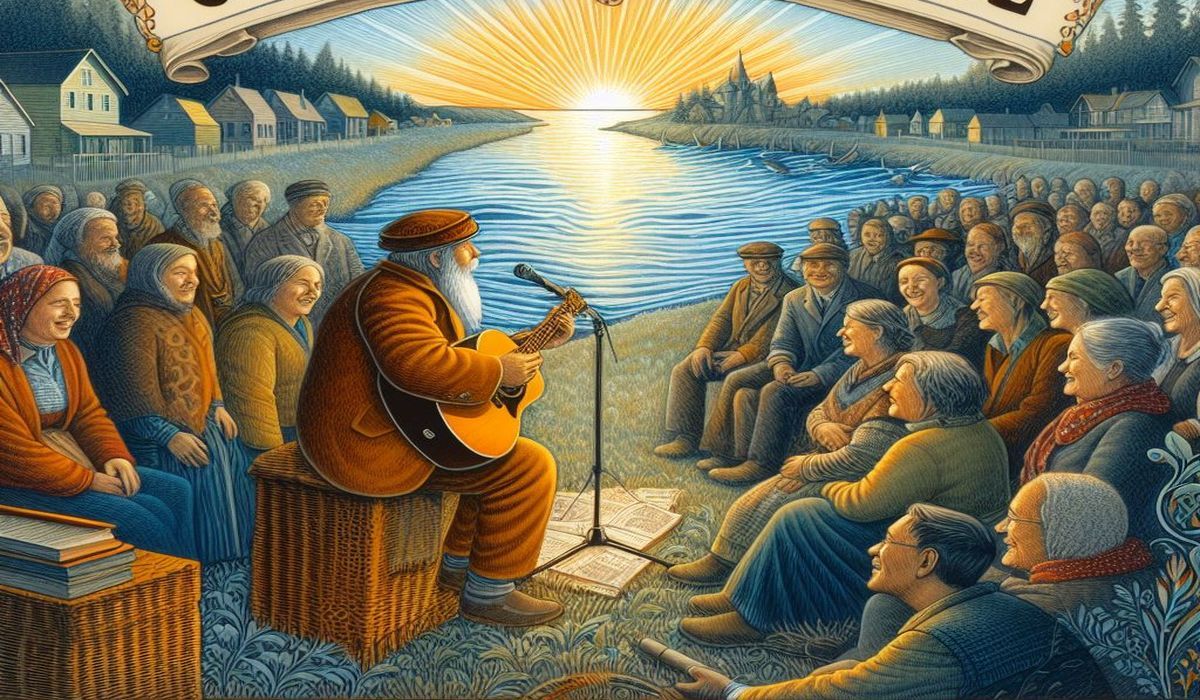Have you ever wondered where the delicious scent of your grandma’s cookies comes from, or why a particular tune always gets played at your local festivals? These are all examples of folklife, the everyday customs, traditions, and cultural expressions that weave the fabric of our communities. But how do we learn about these traditions and the stories behind them? Here’s where oral history steps in, creating a powerful synergy that unveils the soul of a community. This is the magic of combining folklife and oral history.
Folklife and oral history are two powerful tools for understanding a community’s cultural identity. This blog post title merges the two concepts, hinting at the rich tapestry revealed when they’re explored together. Folklife and oral history are two fields that work hand-in-hand to illuminate the cultural heart of a community.
Here’s how they connect:

Cultures around the world are vibrant tapestries woven from the threads of tradition. This rich heritage, known as folklife, isn’t confined to museums or dusty archives. It’s alive in our communities, shaping our everyday lives. Here’s how they connect:
Folklife: The Raw Material
Folklife encompasses the everyday customs, traditions, and cultural expressions that are passed down through generations. This includes things like:
Music and dance: Folk songs, dances, and musical styles passed down orally and often reflecting the community’s history and values.
Foodways: Traditional recipes, cooking techniques, and the significance of specific dishes in community celebrations.
Crafts and skills: Skills like woodworking, quilting, or storytelling techniques that are passed down through apprenticeship or observation.
Beliefs and customs: Folk remedies, superstitions, religious practices, and rituals that are specific to a particular community.
The Power of Oral History and Folklife

This dynamic duo offers a fresh perspective by combining established disciplines, unearthing untold stories, and breathing vivid detail into the past. Here’s why this topic is a captivating journey into the heart of a community.
Unique Blend: It offers a fresh perspective by combining two established disciplines.
Untold Stories: Folklife focuses on everyday traditions, often passed down orally, giving voice to stories not found in traditional histories.
Vivid Detail: Oral histories capture the personal experiences and emotions that bring folk traditions to life.
Conclusion: A Legacy Woven in Memory and Tradition

Our exploration of where folklife meets oral history reveals a vibrant tapestry. It’s not just about the traditions themselves, but the stories that breathe life into them. By documenting these narratives, we become stewards of a community’s soul, preserving its cultural heritage for generations to come.
So, the next time you encounter a folk tradition, take a moment to appreciate its deeper meaning. Consider the stories it holds, the experiences it reflects, and the voices waiting to be heard. Perhaps you’ll be inspired to start your own oral history project, capturing the essence of your community and ensuring its legacy endures. Remember, every tradition has a story waiting to be told.
That’s it for this blog post, I do hope it was enjoyable to read. Please leave a comment below if you have any thoughts on this topic and keep us in mind for any of your oral history transcription needs. Remember to always be kind, stay positive and learn to unwind.
